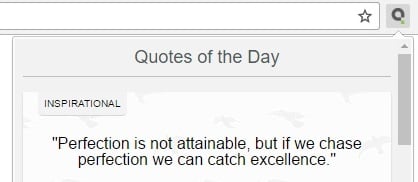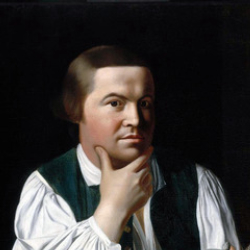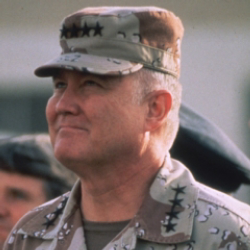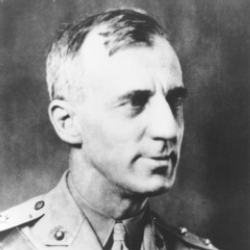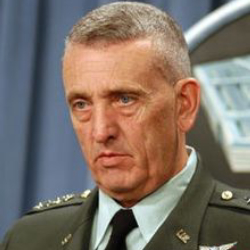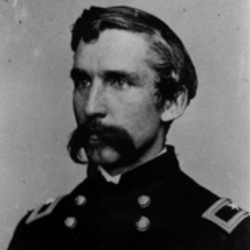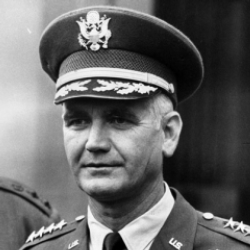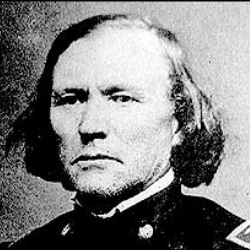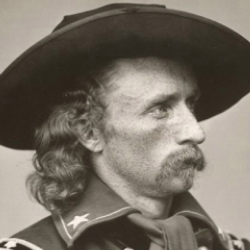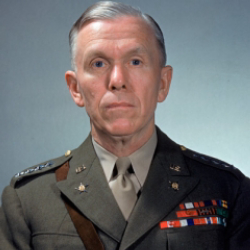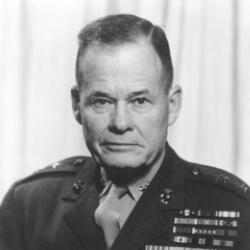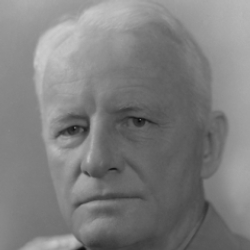Eric Shinseki Quotations
-
-
Direct Quotes
I do engage veterans. I meet with the veterans' service organizations monthly. It's a direct, no-holds-barred discussion. I travel to their conventions, where I speak to the veterans membership. I do travel. I've been to all 50 states. When I do, I engage veterans locally. So I get direct feedback from those veterans.
-
-
Becomes Quotes
It's important in any organization that if visions have any reality at all, it's because the organization believes that the vision is right and that they share in it. Otherwise, it becomes the good idea of one person, and that even more importantly contributes to the sense that it will not survive the departure of that individual.
-
-
-
-
-
-
-
-
-
-
-
-
Assure Quotes
We have diverted soldiers from other organizations to fill our high-priority, war-fighting formations, ... Second, we have, for years, mortgaged our future readiness -- this modernization effort -- in order to assure that our soldiers had, in the near-term, what it takes to fight and win decisively.
-
-
-
-
-
Military Quotes
It has been very humbling and gratifying to have these men as our role models... Your generation enabled America to close out the twentieth century as the greatest nation in the history of mankind, the only remaining superpower, the world's leading economy and the world's most respected and feared military force in the world- respected by our friends and allies, feared by our adversaries.
-
-
-
-
-
-
-
